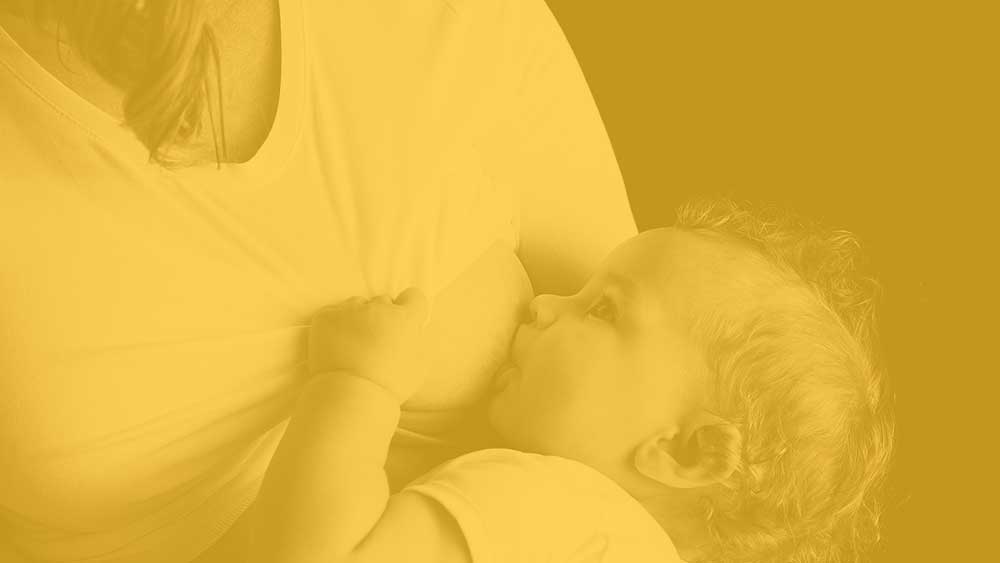Some infections come and go. A cold requires patience. Most ear infections in babies are no longer medicated. Plugged ducts benefit from a warm compress and massage.
Mastitis, though? You can’t just nurse your way through that one.
Mastitis is a serious infection inside the breast. Bacteria can enter the breast through the nipple and travel into the duct system. An infection may start off as sore spot on the breast. Soon a nursing parent will begin to experience flu-like symptoms: fever, chills and achiness in the whole body. There may also be redness on the skin surface.
This infection can strike at any time and is most common in the first three months of chestfeeding and breastfeeding.
There are usually some risk factors that increase the chances of mastitis.
- Damaged nipples such as cracked nipples from a less than ideal latch
- Stress such as fatigue and difficulty with breastfeeding
- Restrictive clothing such as a too-tight bra or underwire
What should you do if you find yourself feeling like a bus hit you and your breast is sore? Call your doctor ASAP. Your family doctor is able to assess and diagnose your condition. They will likely prescribe an antibiotic.
It’s really important that you follow your dosage instructions to the letter. Don’t stop taking your antibiotics when you feel better. This can lead to the antibiotic only killing off the weaker bacteria and leaving the strongest to grow and reinfect the area. This leads to infections that are increasingly difficult to treat.
Additionally, do not stop nursing your baby. The suction created by your nursing baby will help to move any blockages in the milk ducts and pull the infection out of your body. Your baby will not be adversely affected. The gut will destroy any bacteria that passes through the baby’s gut. Additionally, your milk will have high levels of infection fighting white blood cells and moving it into the infected ducts will assist the work of the antibiotics.
When the baby is nursing, pout their nose towards the infection site. This is the direction of their strongest suck and it will help move milk through the affected area.
Continue removing milk from the breast even if nursing the baby directly is too painful, as might be the case if the mastitis was connected to a damaged nipple. Use a good quality breast pump to pump milk at regular intervals and use that milk to feed the baby. This will prevent further painful swelling in the breast.
Have a meeting with an infant feeding professional. You will want to make sure that your breastfeeding technique is not contributing to reinfection. Especially if you are experiencing nipple damage, you will need to have a professional assess your latch and feeding technique and help you improve them. Feeding should be pain-free when all of the parts – the baby’s mouth and the breast – are lined up correctly and working as they should.
You can find help with an IBCLC or an Infant Feeding Specialist.
Soothe the breast with warm compresses. You can take a cloth and wet with warm water, a hot water bottle, a hot rice bag or heat therapy pad. Take care not to burn the skin.
Alternately you can prepare epsom salts in warm water. Dangle the infected breast into a bowl of this solution. The salts are an excellent for fighting infection and promoting healing of the skin and nipple surface.
To help prevent future infections and improve your general breastfeeding technique, we recommend following the advice in this helpful article about things to avoid while breastfeeding.
A quick word of warning. We don’t want to worry you, but mastitis infections can become very serious if not treated promptly and properly. There are many suggestions for natural remedies found online. Skip that for now. Though it may be inconvenient, see a medical professional right away. The same bacteria that usually causes mastitis can also cause Necrotizing Fasciitis, Strep Throat and Rheumatic Fever. Swift action will prevent more serious and debilitating conditions.
Mastitis shouldn’t mean the end of your breastfeeding experience. With timely medical care, regular self-care and follow-up with an infant feeding professional you should recover quickly and prevent recurrences.
This article was informed by the following:
Newman, J., MD, FRCPC, & Kellerman, E., IBCLC. (2009, February). Blocked Ducts & Mastitis. Retrieved December 11, 2018, from https://www.canadianbreastfeedingfoundation.org/basics/mastitis.shtml

